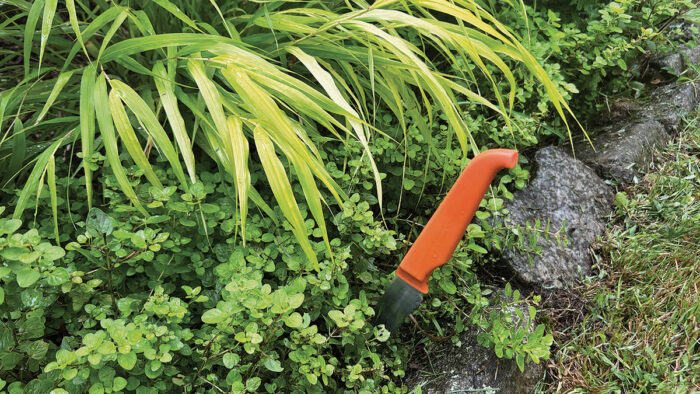
Winning Tip: From the kitchen to the garden
Several times a year a visitor to our garden is shocked to find a rogue steak knife pierced downward in one of the beds, as if it were an escapee from our kitchen knife block. I’m always quick to tell them that it’s indeed where I meant to place it, and that I haven’t found any tool as great as a serrated knife when it comes to removing grass or root systems. It’s perfect for edging small areas or pulling up entire sheets of grass; all I have to do is start on one side and pull up as I carefully saw back and forth. It can be a cheap purchase from a thrift store—or in my case, the way I finally convinced my husband that we needed a new set of kitchen knives.
—Erin Lang Norris, Mazomanie, Wisconsin
Easy weed disposal
I am always looking for ways to work smart in the garden. Of all the various gardening tasks there are to do, one is ever present—weeding. Whether I’m weeding in the morning with a cup of coffee or in the evening with a glass of wine, it seems I’m always able to gather a sizable pile of weeds in no time at all. I don’t want to make countless trips throughout the day to dispose of the weeds, so I tuck empty black or brown plastic plant containers throughout the garden. (I find that black or brown containers without logos are easiest to conceal among the vegetation.) Now when I accumulate a handful of weeds, I simply drop them into the nearest container and move on to my next task. It takes a surprisingly long time to fill these empty containers, resulting in far fewer trips to the trash can or compost pile.
—Katherine Coker, McDonough, Georgia
Daylily scapes as stakes
I was gifted ‘Stella d’Oro’ daylilies by my mother. They are now planted in my front yard next to my driveway. After the seedpods are ripe, I let the scapes dry out and gently pull them to remove them. I started collecting them in the belief that surely I could find a use for them before dumping them in the compost pile. When I started potting up some of my plants into vintage pottery, I found that the scapes make nice stakes for the plants until they get established. The scapes also add a whimsical natural design element to the potted plants.
—Ruth Welch, Castelton, Virginia
Protect potato plants
I grow potatoes in big pots because I just don’t have room in my garden beds with all my flowers. I have noticed that when there is a really heavy, beating thunderstorm, the potato plants get flattened and break. I use half hoops and peony hoops to prop them up. I think the half hoops are easier to work with, and it makes all the difference in the world in the plants. Supporting the plants like this is helpful whether you put your potatoes in the ground or in pots.
—Carla Z. Mudry, Malvern, Pennsylvania
Resurrect your rhodies
Winter kill got your rhododendrons? We had a very dry, nonsnowy winter last year in the Northeast, following a severe drought the summer before—a double whammy, especially for evergreens. If your rhododendrons have a significant amount of dead wood, my advice is to hard prune the bushes in half, apply a slow-release fertilizer for acid-loving shrubs, sprinkle a tablespoon or two of epsom salts around the base, and mulch. If you water carefully this year, you will be rewarded with dense new growth that looks healthier than ever. It usually takes one or two seasons for these shrubs to fill out completely and return to full blooming power. I have found it very satisfying to renovate and restore rhododendrons and azaleas.
—Lisa Matey Bergeron, Melrose, Massachusetts
Cure potatoes in nursery trays
Here’s a handy way to repurpose the nursery trays that stack up from season to season: drying your potatoes before storage. As the photo shows, the individual sections are ideal for keeping the potatoes from touching one another during the curing process. This method also works well for drying onions.
—Julie Horney, Huntertown, Indiana
Balance support from broken tools
It’s always disappointing when a long-handled garden tool breaks, but if it can’t be repaired, I love to sink the handles into select parts of my garden. Apart from providing a rustic aesthetic, these handles are invaluable supports when I’m bending down to do some weeding in a heavily planted area where I don’t want to lose my balance.
—Alex Szumilas, Ottawa, Ontario
Lavender to the rescue
When I saw suspicious small moths fluttering near my closet, I used a needle to put holes in plastic sandwich bags, filled the bags with dried lavender flowers, zipped the bags, and hung them with clothespins from my cotton and wool garments. The moths stopped coming, and my closet smells great. Sage leaves work too, but I like the smell of lavender better.
—Mary Crum, Fort Myers, Florida
Keep that herbicide where it belongs
After I discovered poison ivy growing up a tree in my yard, I couldn’t find any professionals to remove it. I knew that I couldn’t pull it down on my own, but I didn’t want it to spread. I was concerned about kids in the neighborhood touching the poison ivy, but I also didn’t want them being exposed to the Roundup product for poison ivy I figured I would have to use to get rid of it.
I went to a local florist where I used to work and got two extra-large water tubes for thick orchid stems. These look like fat, opaque, plastic test tubes, but they have a rubber cap on the top with a slit for the stem. I rolled up some paper towels and put them inside each tube so that they would wrap snugly around a poison ivy stem. Then I filled the tubes with Roundup and put the caps on. Avoiding the slits in the rubbery tops, I taped the edges of the caps to the tubes for a sure seal.
I cut the two poison ivy vines at about 6 inches from the ground, leaving the vine attached to the tree. I slid a Roundup-filled tube onto each of the stems and left the tubes there all winter. This put the Roundup only where needed—but exactly and continually where needed—and it didn’t wash off in the weather. Sure enough, no poison ivy returned in the spring.
—Gwen Drury, Stoughton, Wisconsin
Photos, except where noted: courtesy of the contributors.
We need your gardening tips!
Send your tips to fg@taunton.com and please include high-resolution photos if possible. We pay $25 for each tip we publish.
Prize for winning tip:
A FREE one-year subscription to Fine Gardening
Fine Gardening Recommended Products
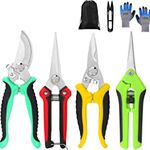
5 pack Garden Pruning Shears Stainless Steel Blades
Fine Gardening receives a commission for items purchased through links on this site, including Amazon Associates and other affiliate advertising programs.
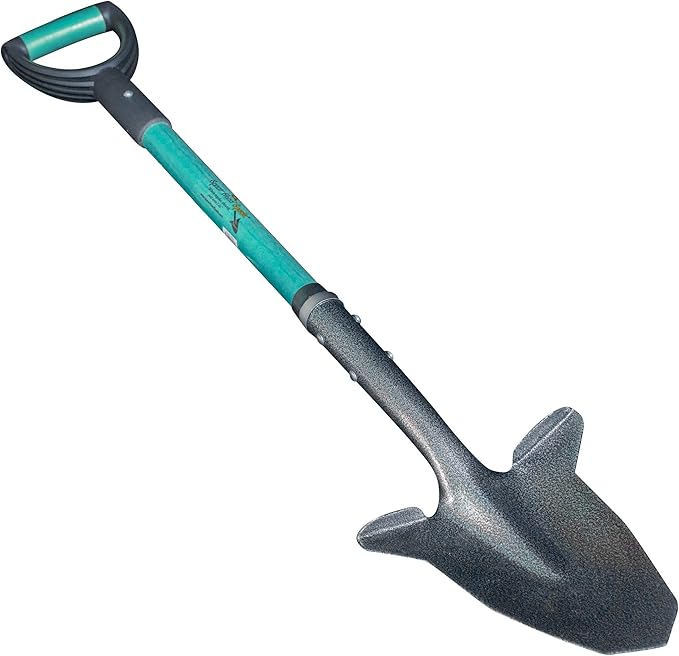
Spearhead Shade Gardening Shovel with Steel-Reinforced Fiberglass Handle
Fine Gardening receives a commission for items purchased through links on this site, including Amazon Associates and other affiliate advertising programs.

Black and Decker 22-inch Cordless Hedge Trimmer
Fine Gardening receives a commission for items purchased through links on this site, including Amazon Associates and other affiliate advertising programs.
- 38 x 7 x 7 inches
- 6.9 pounds
- 1 Lithium Ion battery required (included)


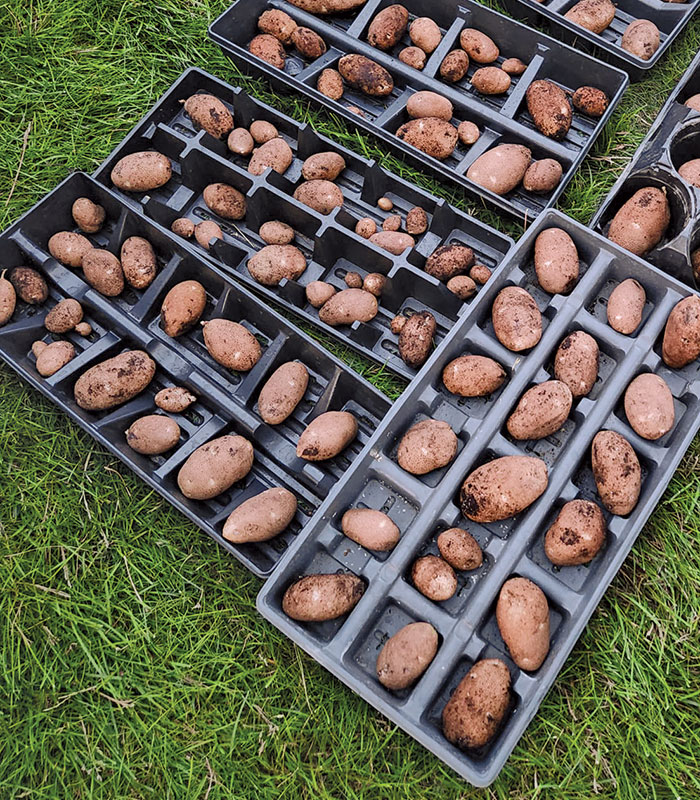



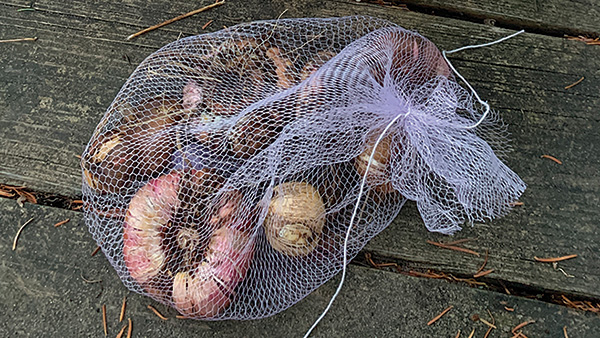














Comments
Log in or create an account to post a comment.
Sign up Log in